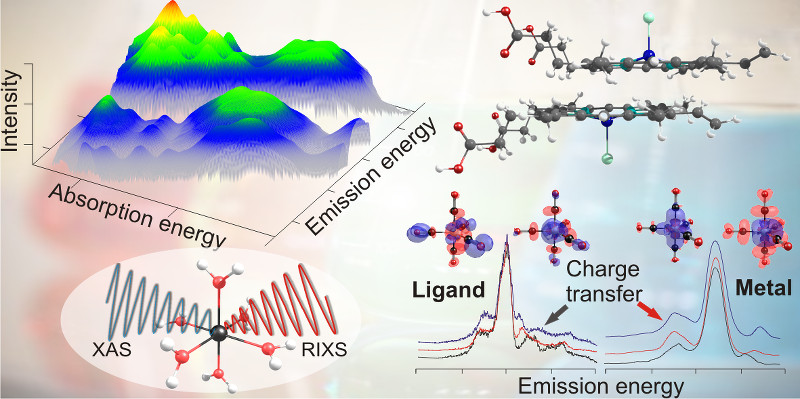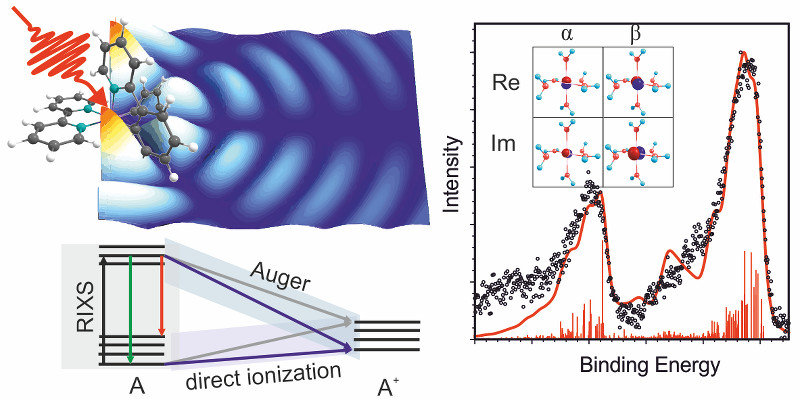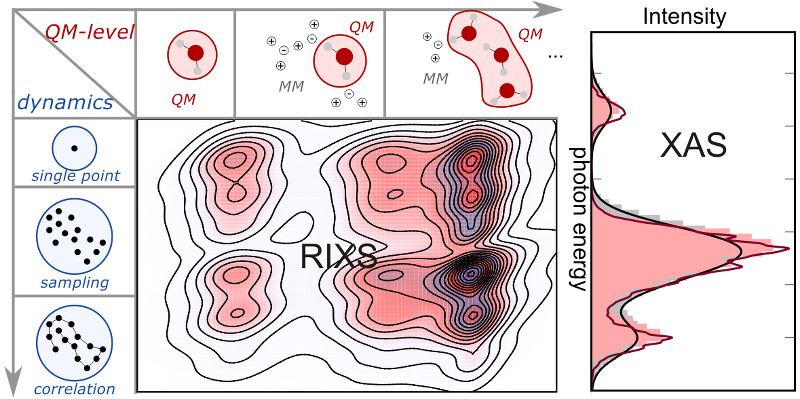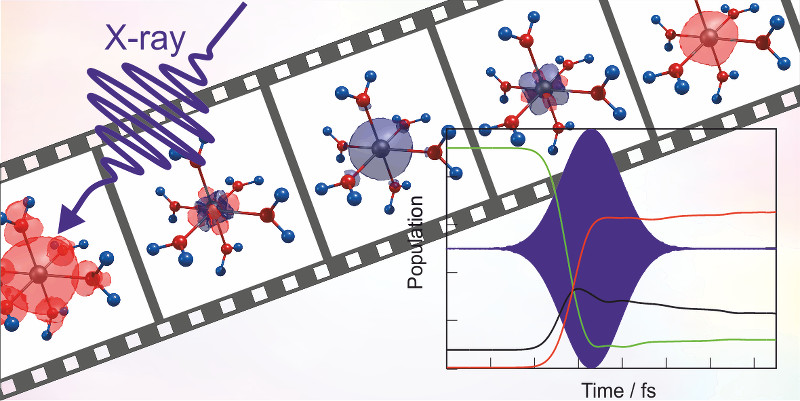X-Ray spectroscopy
Tracing atomic and molecular levels in course of various physical and chemical processes, X-ray spectroscopy is one of the most powerful tools to access structure and properties of matter in different states of aggregation. X-ray spectroscopic techniques probe the local electronic structure of a particular atom in its environment in contrast to UV/vis spectroscopy, where transitions generally occur between delocalized molecular orbitals. The combination of different absorption, emission (scattering) as well as photo- and autoionization X-ray methods allows to address various aspects of ultrafast dynamics and identification of short-lived intermediates of catalytic reactions. However, interpretation of complex experimental spectra and verification of experimental hypotheses is a non-trivial task and a powerful first principles theoretical approaches that allow for a systematic investigation of a broad class of compounds are needed. In this project we aim at the development of an efficient and versatile theoretical methodology for the treatment of X-ray spectra based on the multi-configurational self-consistent field electronic structure theory. A special focus is put on the photon-in/photon-out and photon-in/electron-out processes and ultra-fast electron dynamics triggered by X-ray photon absorption. The work is conducted in close collaboration with experimental groups.
| Electronic structure of catalysts and bioorganic molecules | Photoelectron and Auger spectroscopy |
|---|---|
 |
 |
| Nuclear effects in X-ray spectroscopy | Ultrafast electron dynamics |
 |
 |